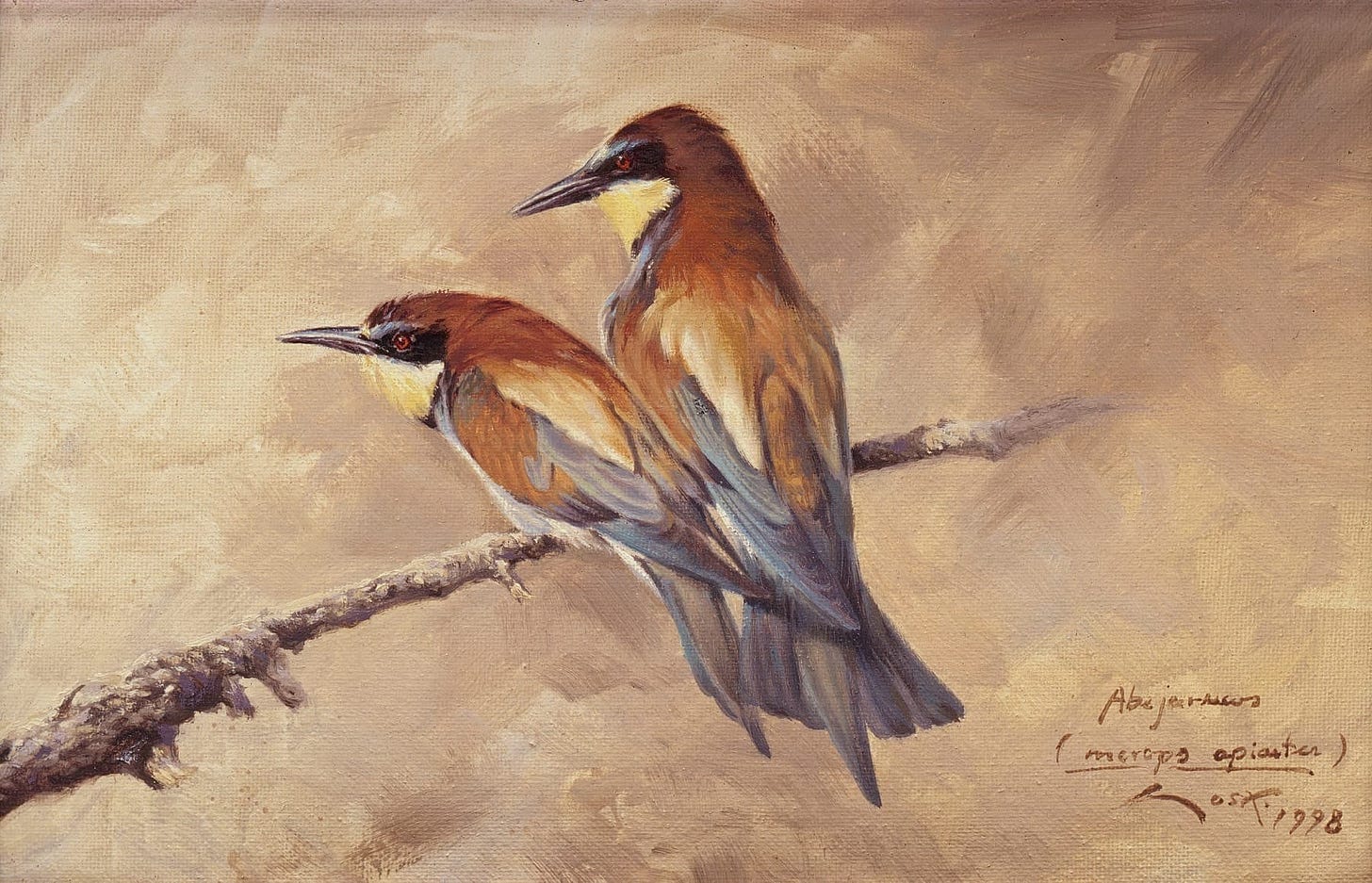Strange Birds
1
In the present work, two writings have been combined which are not only successive but also thematically different, one of which implies the scale of the other. A note on its genesis therefore seems appropriate.
The first part was started on New Year’s Eve 1957 and completed in a few days; at that time the flood of astrological interpretations and predictions rose particularly high. It was not so much the content of these interpretations, which by their abundance cancelled each other out, that gave rise to reflection. Rather, it was the sudden nature of their appearance that gave pause for thought.
When an animal species that is rare, uncommon, or even unknown in our latitudes suddenly appears in mass, various considerations arise, both from the public and from scientists. Initially, we can consider the species as such, describe it and classify it in a system. Let us take, for instance, the waxwing, a strikingly colourful bird of the Far North which sometimes appears here in flocks. It is certainly worth watching, be it for the nature lover, the zoologist, or the artist looking for motifs.
Apart from the attention directed towards the animal’s appearance, there is another aspect that is aroused. If something strange appears, especially in great numbers, it cannot be a mere coincidence. We are entitled to wonder about the context.
In this case, the connection is climatic: when the Arctic winter becomes harsh, the bird is forced to fly farther away than usual from its homeland; its unusual behaviour is therefore accompanied by an unusual climate. From this fact conclusions can be drawn, and also predictions: if we know that the Arctic winter is harsh, we can conclude that its dominion will extend to our latitudes. In this way, the waxwing is a weather prophet. A fugitive followed by a conqueror. Other information can be woven into the strange appearance, from sunspots and cosmic disturbances to coal prices and ski weather.
If the waxwing were to arrive more often, if it were to extend its flights deeper into the south, if it were to stay longer, into summer, if it were to finally build nests, breed and raise chicks, we might assume that it no longer heralds an unusual winter, but a massive change in weather, a climatic upheaval. Everything would be affected, from the greatest to the smallest.




